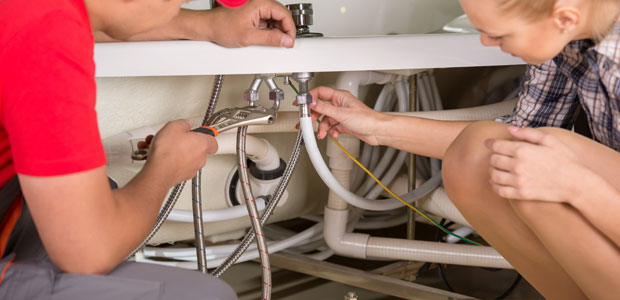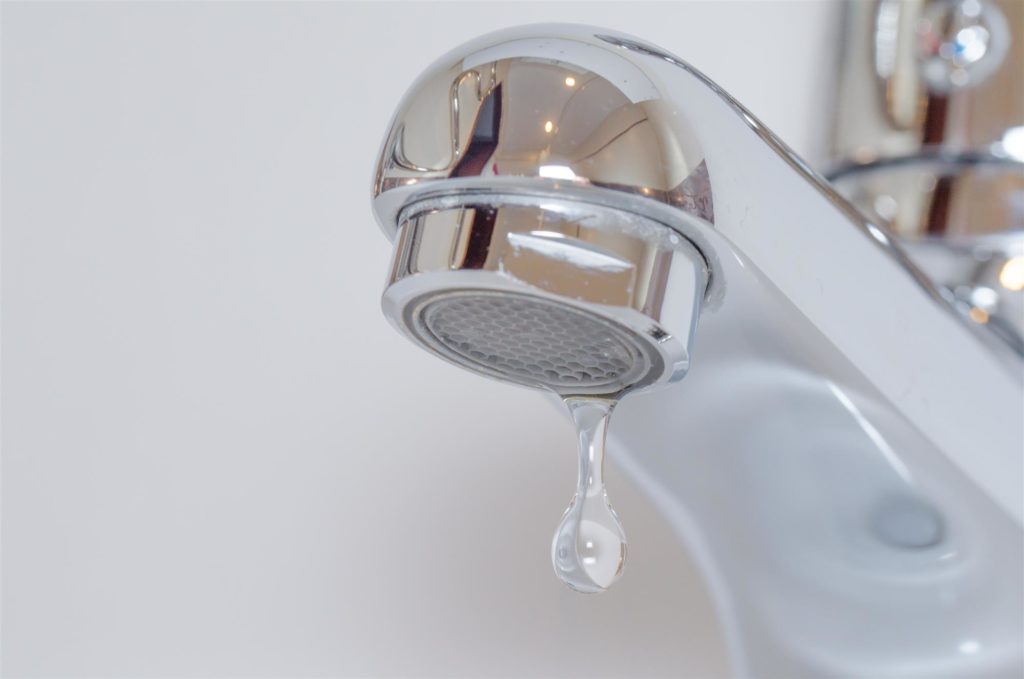Detecting and Handling Bath Water Leaks: An In-Depth Exploration
Detecting and Handling Bath Water Leaks: An In-Depth Exploration
Blog Article
In this article in the next paragraph you will discover a bunch of first-rate advice with regards to How to Detect and Fix a Bathroom Leak.

Washroom leakages are annoying as they disrupt your day's strategy. It is an alleviation that most restroom leakages are very easy to spot and repair, with marginal price effects.
Having a water leakage in restroom can be difficult to the house owner. However taking care of the leak comes to be an easy trouble if you recognize what to do. This post is critical as a residence guide to repairing a water and also spotting leakage in washroom. It does not replace the requirement for specialist know-how. The article functions as a "first aid" when you need an emergency situation action to a water leakage in washroom.
Discovery and Repair Work of Water Leak in Washroom
Water leakage in shower room typically arises from pipes and also pipe mistakes. There are several kinds of bathroom leaks. You might require a standard expertise of these leak kinds to identify the water leak in washroom. Right here are the usual restroom leakages and take care of tips:
Clogged Shower Room Sinks
Occasionally, the water leakage in bathroom results from sink clogs. This is often a problem to property owners and also might be unpleasant. Clogs may result from the buildup of soap scum, hair particles, or particles that block the drainpipe. It is simple to handle clogs, and also you might not need specialist abilities.
What to Do
You can use a drainpipe serpent to get rid of the particles in the drain and also allow the stagnant water circulation. Drain cleaners are additionally offered in stores and are easy to use. A plunger is additionally handy in clearing your drainpipe. It is an usual household tool as well as can be found in useful in removing irritating clogs in sinks and drains.
Toilet Leaks
In some cases, water leaks from the bathroom as well as pools around the toilet base. It is an eyesore in the restroom and requires punctual focus. Occasionally, it arises from a loosened connection between the tank as well as the bathroom. This creates water to leak from the cistern to the flooring. It might also result from fractures in the toilet bowl or a defective shut-off shutoff.
What to Do
If there hang bolts between the cistern as well as bathroom, you just require to tighten them. Occasionally you might require to reapply wax on the gasket or call a restroom leak expert to replace broken or worn parts.
Splash Leaks
These commonly arise from water splashing on the restroom flooring from the bath tub. It is a consequence of using an inadequate shower drape or worn bathtub lining. It damages the washroom flooring and may cause rot to wooden floors as well as washroom doors. The water generally swimming pools around the bath tub or shower. This may result in worse bathroom damage without prompt handling.
What to Do
This washroom leak is the easiest to deal with. You only require to change the curtains or recaulk the bath tub or shower. You might require to transform these to prevent further damages if the leakage has harmed the bathroom flooring or door. The bright side is that you can include a plumbing expert to help with the bathroom fixing.
Verdict
Water leakages in the restroom are preventable events in the residence. When they do, fix them immediately, or involve the services of an expert.
The write-up serves as a "very first help" when you require an emergency reaction to a water leakage in washroom.
Water leak in restroom commonly results from plumbing as well as pipe faults. You might require a standard expertise of these leakage types to discover the water leakage in shower room. Occasionally, the water leakage in shower room results from sink clogs. It harms the washroom flooring and also might create rot to wooden floors as well as washroom doors.
Signs That You Have a Water Leak in Your Bathroom
Puddles and Damp Patches
Water that’s appearing unexpectedly is a bad sign. If you’ve not taken a bath or shower, yet water’s still on the floors, then you’ve sprung a leak.
Keep an eye out for puddles on the floor, around the base of your shower, and/or in the cabinets of your bathroom. That water’s coming from somewhere!
The same goes for dampness in the room. Damp patches (however big or small) that appear anywhere from the floor to the ceiling is another sign of a leak.
Mold
Mold isn’t uncommon in bathrooms.
It’s found in damp and humid conditions, making a bathroom prime territory for mold to form. This is true in and around areas like the shower.
Confusingly, though, mold can also be a signal of a leak. Remember the damp patches we mentioned above? Well, it’s only a matter of time before mold grows on them.
Note any mold that’s started to form in ‘unexpected’ places. Pay close attention to mold in areas that should, in theory, remain dry.
Peeling Wallpaper
You may or may not have wallpaper in your bathroom.
If you don’t, then skip this one. However, for those that do, read on!
Essentially, any damp that’s present beneath a layer of wallpaper will cause it to peel away from the wall. Sure, this happens in time anyway, as the adhesive fails.
But don’t let that fact dissuade you from suspecting a leak. A well-wallpapered bathroom won’t peel unless there’s a problem.
Tiling Issues
On the subject of things coming off walls, pay attention to your bathroom tiles.
Never ignore them when they’re broken or loose, or have damaged caulking between them. These can let water trickle through and impact the materials beneath in what’s called a ‘tile leak’.
Bad tile leaks can be expensive to repair. If you’re lucky, you can get away with just replacing the tiles and grout/caulk. Sometimes, though, you’ll need a brand new backing.
The basic message here is to regularly check the tiles in your bathroom for damage, wear and tear! Call a professional for support at the first sign of trouble.
Strange Noises
Nothing sends terror through the hearts of a homeowner like the sound of dripping water in the walls! Any obvious water sounds must be addressed as soon as possible. You’ve sprung a leak which could be causing untold damage to the property.
Keep an ear out for more subtle and unrecognizable sounds too. For instance, a high-pitched hissing noise in the walls can come from a pipe that’s developed a slight crack.
Call the professionals whenever you notice watery noises persisting in the absence of bathroom appliances being used.
Strange Smells
As we’ve seen, leaks often cause damp, mold and mildew to develop in your bathroom.
However, you might notice a strange smell before these key visual clues emerge.
Think about the last time you went down into an old basement. The dank and earthy odor in the room is like what you can find in a bathroom with a leak. Unfortunately, many homeowners don’t understand what they’re smelling!
They might buy a new air freshener to remove the smell, without addressing the actual cause. It would be like spraying deodorant on your clothes instead of putting them through the wash! The smell improves, but the leak is allowed to get worse.
https://www.plumbtimesc.com/7-signs-that-you-have-a-water-leak-in-your-bathroom/

I have been very drawn to How to Check for Bathroom Leaks and I am assuming you liked my blog posting. Enjoyed our blog entry? Please share it. Let another person discover it. We treasure reading our article about Tips For Water Leak Detection In Bathroom.
Address emergency plumbing promptly here. Report this page